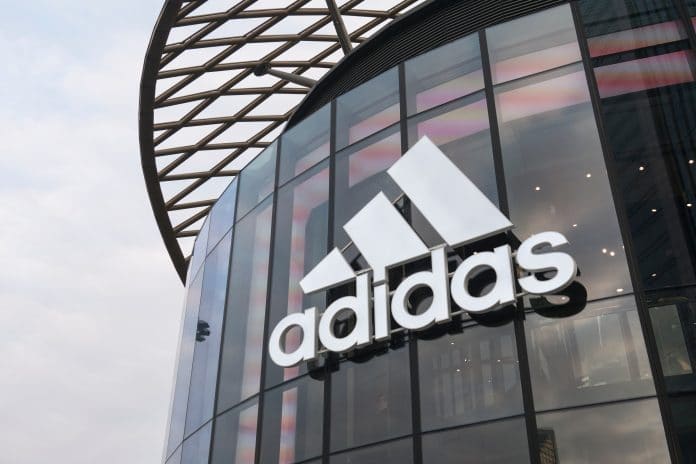Like the guérande salted caramel in a Gü melting middle, British entrepreneur James Averdieck seems warm and friendly when he takes the stage at an Evening Standard business connection event. He‘s modest about the company he sold for around £35m in 2010, 7 years after he launched it with only £100,000 SEED funding, but he‘s more astute than he wants the audience to believe.
Gü‘s genesis comes from a patisserie shop in Brussels, where Averdieck was encouraged by Belgian chocolates that “looked good, smelled great and tasted fantastic”. They were far more desirable than the uninspiring Utterly Butterly he was selling for St Ivel at the time. “What if I could wrap this up into a brand and give others the same experience I‘m having?” he asked himself. He has good taste. Recognising the UK market‘s gap, Averdieck – with a little help from his friends – went about creating sexy dessert options in reusable glass ramekins for the highbrow customer.
It started with the hot chocolate soufflé, of which photos were placed on black packaging for a mock-up box that Averdieck used as market research, the only research he carried out in fact, in Waitrose on London‘s King‘s Road. He stacked one box filled with stones on a shelf and gave it 10 minutes. It was enough. A lady put the box in her shopping basket and the then 37 year-old knew he had a viable product.
Then came the serious selling, and before long Sainsbury‘s, and of course Waitrose, opted in. There was a heatwave in 2003, starting the week that Gü hit supermarket shelves. Eating habits change above 25 ° – few eat melt-in-the-mouth soufflés. The short attention of supermarkets meant that buyers at both grocers became unsettled and were looking to drop Averdieck‘s beloved desserts. He “begged them” to keep Gü and sure enough, the British weather kicked in and the rest is history.
For six consecutive years Gü doubled in size. Tesco even tried to replicate the brand, holding an unfair advantage because of shelf space, but the rate of sale is more important and not only was Gü more expensive, it sold more. Naturally Averdieck knew he was on to something big, but the soufflé magnate didn‘t realise how big until he‘d already signed it over to Noble Foods in 2010, coincidentally on the same day that Cadbury was gobbled up by Kraft.
People often ask the millionaire why he moved on from a company like his and he confesses he partly regrets selling it. “It was an anti-climax,” he admits. But at one stage the team at Gü was adding 350m calories to the nation‘s waistline – that really took the biscuit. After selling ridiculously calorific products for years, it was time to get out.
“When you sell your house you don’t move into the attic, but people expect you to stay with a business once you’ve sold it” comments Averdieck. Instead he moved on, sinking his teeth into something else, something healither: the Coconut Collaborative.
The Coconut Collaborative is Averdieck‘s new venture, under the coconut milk based dessert company Bessant & Drury, which he now owns a controlling stake in. It‘s made up of frozen and non-frozen yoghurts, in a range of flavours and stocked in Waitrose, Tesco and Itsu stores.
Retail Gazette caught up with James Averdieck to find out just a little bit more about him.
The 49 year old seems to think that coconuts, of which the trend has been rising both in the food and beauty space, are magical. But what‘s next? “Smoothies were huge for a while, and there‘s a possibility we would move on to drinks” he says.
Currently there isn‘t much brand exposure for Coconut Collaborative, what‘s he doing about that? “By June we‘ll be in France, by July we‘ll be Australia and by November we‘ll have launched in Germany,” he says matter-of-factly. I suppose that means the brand will speak for itself worldwide.
When I ask about his custo
RELATED STORIES

















